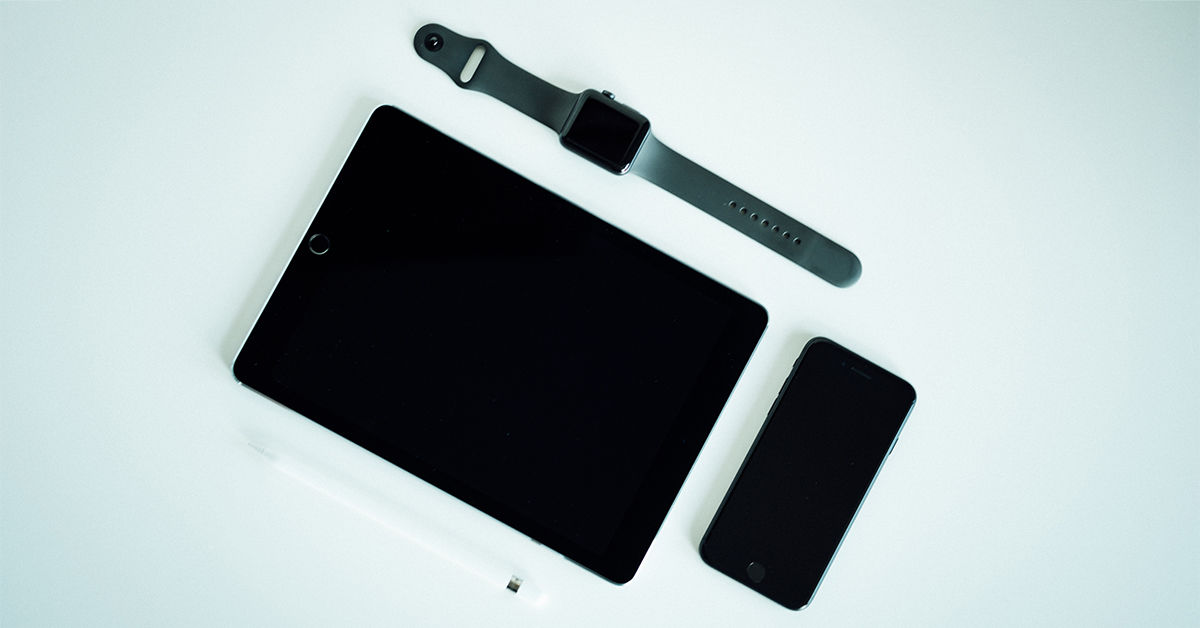
Photo by Dose Media on Unsplash
Millennials will always remember the first time they saw their grandparents operate a PC. Born during or after the personal computer revolution, this generation (aged 18-45 today) consumes the most digital content created today. Baby Boomers and Generation X do too, only differently.
Research conducted by Millward Brown offers a “digital portrait” of Millennials (born after 1980), Generation X (born 1965 to 1980) and the Boomer generation (1946 to 1964), including what devices they like to use, when, and what for. The reason? Each generation consumes digital content differently, whether it’s for entertainment or online shopping, and therefore it’s important to tailor your marketing accordingly. Screen preferences in particular greatly influences the reach of a marketing material.
The digital profile of each generation
‘Mostly mobile’ – This is the digital profile of a Millennial. Also dubbed the mobile-first generation, this group is an avid user of devices that aren’t desk-bound. Weekly entertainment includes YouTube, Cable TV, and Netflix. Asked what devices they prefer for online shopping, representatives in this category said: 31% laptop/PC; 23% smartphone; 15% tablet. Device access is geared towards Android smartphones and Apple iPads.
‘Digitally transitional’ – Generation Xers aren’t too different from Millennials. Their weekly entertainment habits are more or less the same, but they rely more on their tablets (24%) for online shopping. Also referred to as the ‘use-it-all’ generation, Gen Xers are less biased when it comes to the way they consume their digital content, and they are also more consistent in their habits.
‘Traditional, yet flexible’ – Baby Boomers have 50% Android smartphone, 24% iPhone, 8% Windows phone or another phone, 21% iPad, and 37% other tablets. It’s important because even though they prefer a PC to get their digital fix, they still shop online using smartphones and tablets 13% and 18% of the time, respectively. Entertainment-wise, boomers enjoy cable TV, YouTube, Network TV, DVR, and Netflix in that particular order, so if you’re in the business of selling ads, you’ll want to pay special attention to these habits.
Other key findings
- for low attention tasks, everyone prefers to use their smartphone
- as time investment increases in a particular task, audiences gravitate towards bigger screens (tablets, PCs).
- screen size and speed were the biggest determinants of screen preference across generations
- screen preference varies by activity (for example, consumers prefer visiting a new site on a bigger display, but prefer to check the weather and sports scores on a mobile device)
Get the full findings, including some noteworthy recommendations for outfitting your marketing strategy, in the original report at MillardBrown (subscription required).

Post A Reply